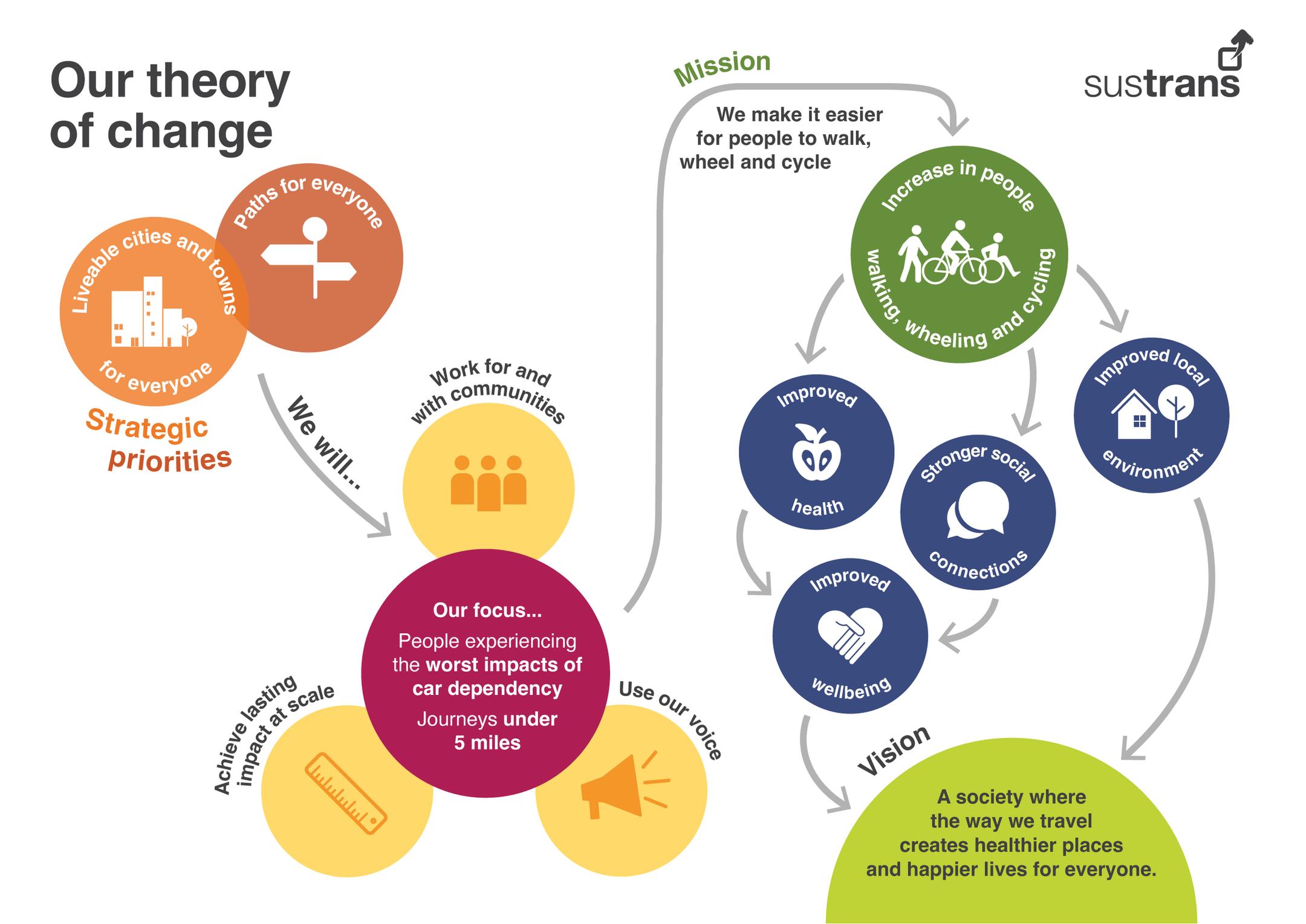





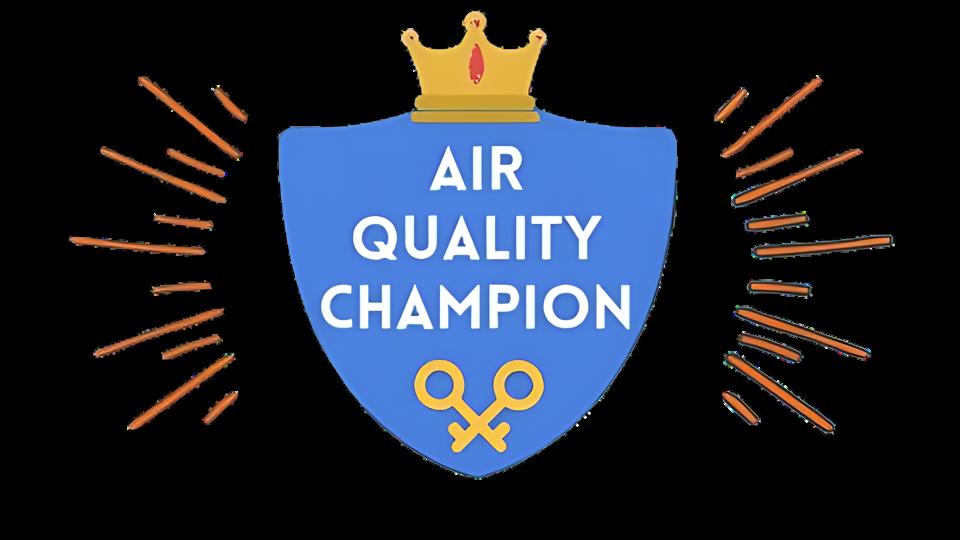
An activity pack to investigate how clean or polluted the air is around where you live.



This booklet is a collection of activities developed by the Sustrans Air Quality team over the past 4 years of the Sussex Air partnership.
Sustrans works across the country, with local authorities delivering active travel and air quality projects both in schools and the wider community.
Jump in, flick through, start from the beginning or half way through use the activities to explore air pollution.
If you’re a Young Person, read the instructions and have a go at the activities.
If you’re a Teacher or Parent, use this booklet with young people to support a fun investigation. Use some or all of the activities.
Videos - Watch the Air Quality Explorer series to help support the activities in this booklet and to find even more things to do.

Write - Your chance to draw a picture, write a sentence

Question - A moment to think and guess an answer


Do - Something to try, an exercise or adventure
Find - Head to the internet and see what you can find


Children take 20 - 30 breathes a minute
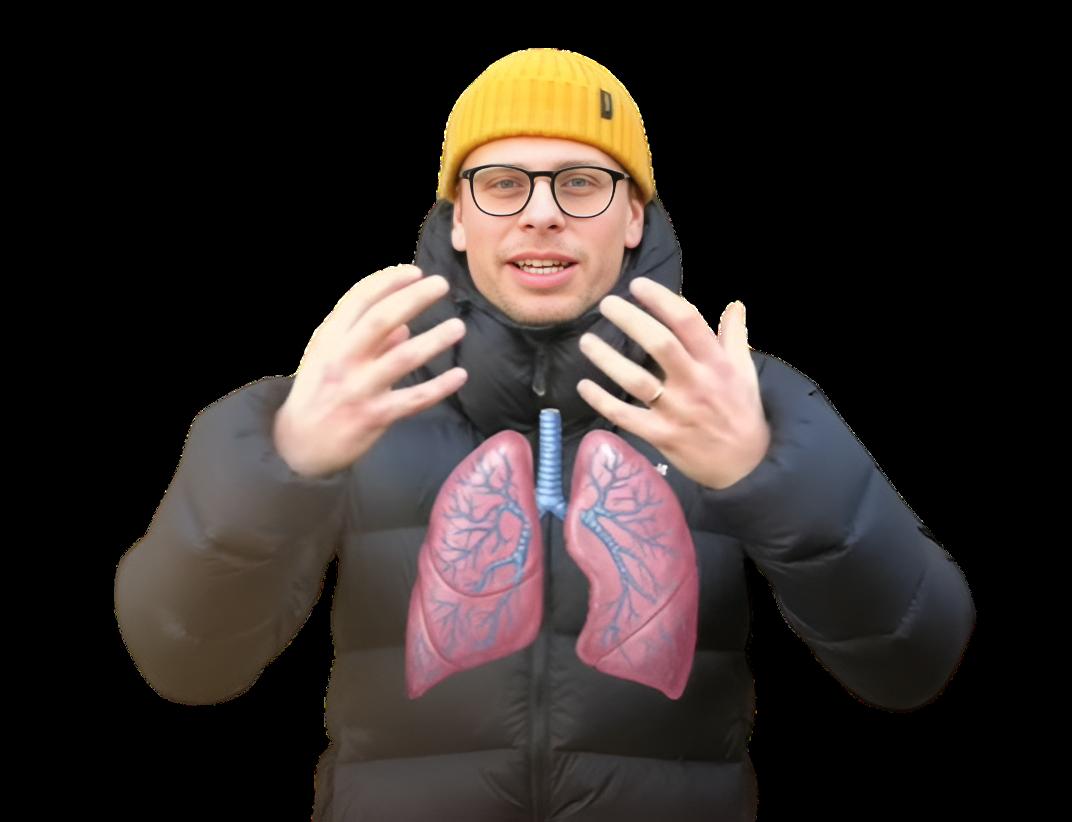
Adults take 12 - 20 breathes a minute
When we breathe, the air around us comes in through our nose and mouth and down into our lungs. Our lungs have a big surface area and absorb the oxygen from the air into our blood stream. This oxygen passes around our body and goes to all our organs to keep us alive and healthy.
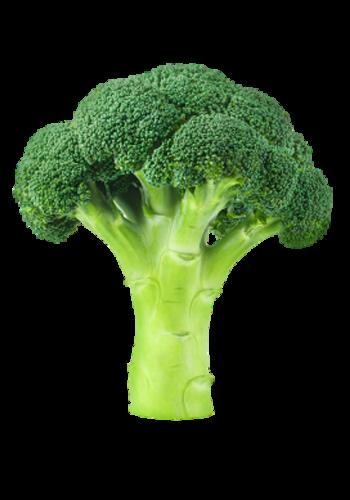

r lungs are a bit like broccoli. hy?

What is the difference between the air we breathe in and the air we breathe out?
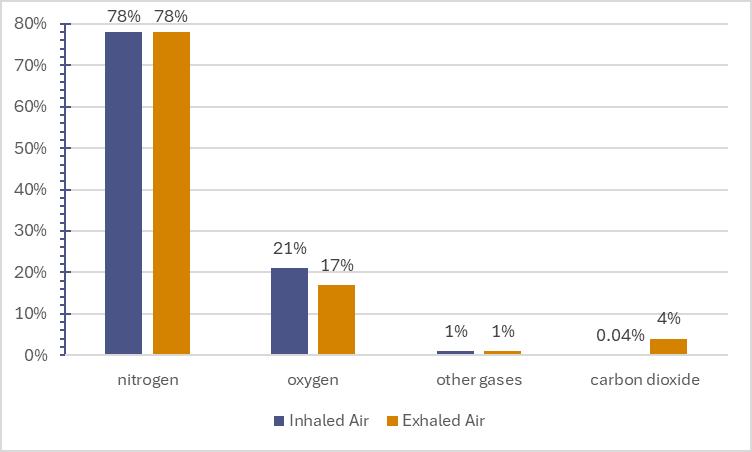
The NHS recommends, young people should do 60 minutes of exercise every day.

Try some of these exercises and see how your breathing changes
1) Count how many breaths you take in one minute whilst resting


2) Now try to ... Wriggle like a worm Stretch like a giraffe Stomp like an elephant Move like a cheetah
3) Count how many breathes you take in one minute after exercise
What is the difference?
Why?

How many cars ar
a) 5 million
b) 30 million
c) 60 million

In the UK, one of the largest source of air pollution is how we travel. Burning petrol or diesel in a combustion engine releases invisible pollution into the air. These are gases like CO2 and NO2, as well as bits of dust and soot we call PM. CO2
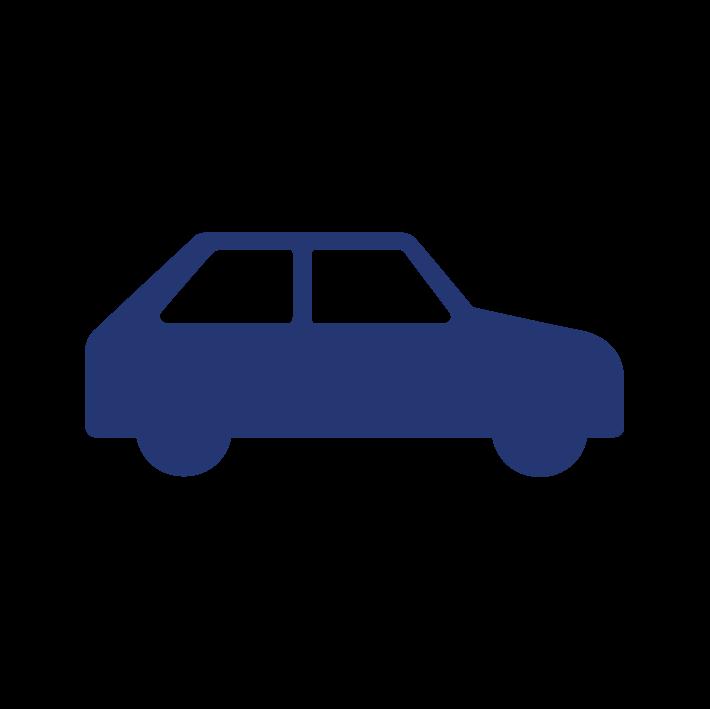
What do these letters mean?
Electric cars make up just 0.02% of all cars on UK roads.



Fill the gaps by guessing what each of the pictures shows
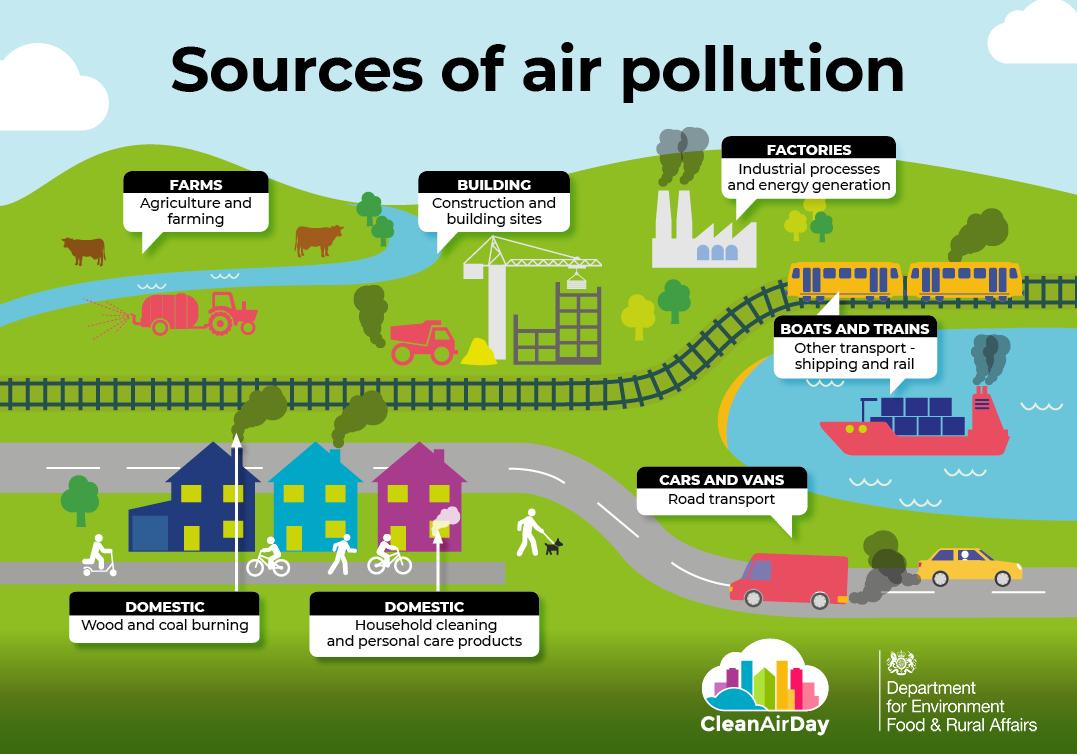

1. An uncontrolled fire in a wooded or grassy area; a type of wildfire
2. Big buildings where products are made
3. An explosion of steam and lava from a volcano
4. Any type of aircraft that has fixed wings and is heavier than air
5. The process of warming up a building or room
6. A machine used for transporting people or goods, especially on land
7. A display that makes light or noise by the burning of flammable materials

Burning fossil fuels to drive cars and create heating for houses causes air pollution. This pollution passes through our nose and mouth when we breathe and goes inside our bodies. Through our lungs and blood stream the pollution affects every part of our bodies.
Watch this

Fill the clouds with the effects of air pollution
Brain
Heart
Muscles
Eyes
Lungs
Skin
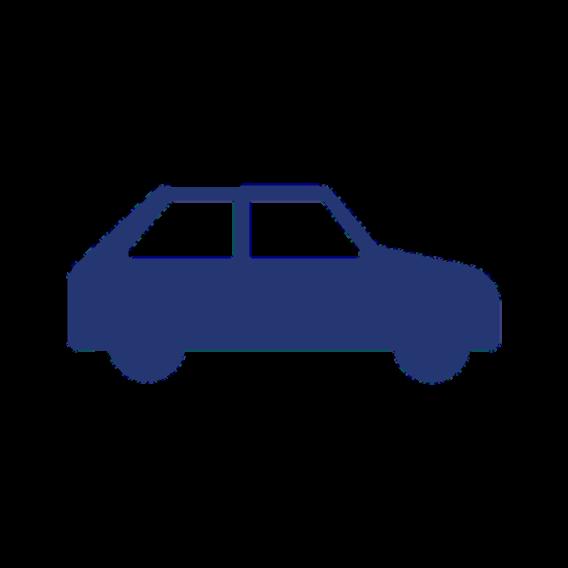

Ella was born in 2004 in Lewisham, South East London.
Energetic and fun-loving, she grew up in London with a keen interest in sport.
Three months before her seventh birthday, Ella developed a chest infection that turned into a persistent cough.
A doctor diagnosed her with asthma.
Ella coughed so much she blacked out.
Over the next two years, Ella had over 30 emergency hospital admissions.
On 15th February 2013, just three weeks after her ninth birthday, Ella died of a fatal asthma attack.
Throughout her short life, there had been no mention of air pollution.
Ella’s mum (Rosamund) did some research and discovered that the heavily congested South Circular, near where they lived, had illegal levels of nitrogen dioxide caused by traffic.
“Ella died of asthma contributed to by exposure to excessive air pollution” Doctor’s announced.
The case made legal history by ruling that air pollution was one of the causes of the nine-year-old’s death.
“My daughter Ella was a playful, happy child growing up in South East London. Healthy at birth, with a lust for life, she didn’t develop asthma until just before her seventh birthday. A few weeks after her ninth birthday, she suffered a fatal asthma attack. Ella is the first person in the world to have air pollution listed as a cause of death on her death certificate.”

What caused Ella‘s life to end at the age of nine?

Did you know
A car sat with its engine running releases 150 balloons of toxic air in just 1 minute

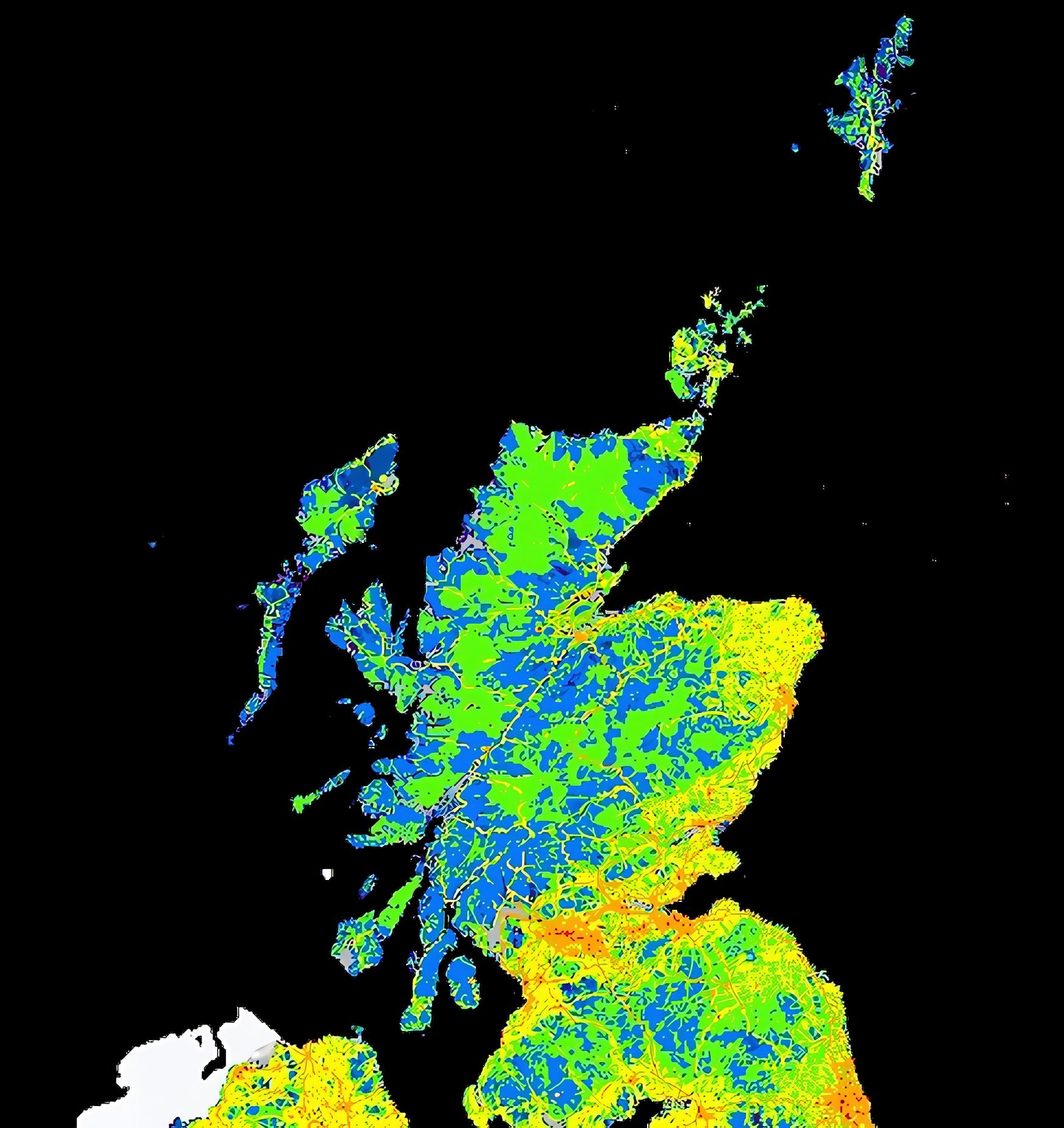
London

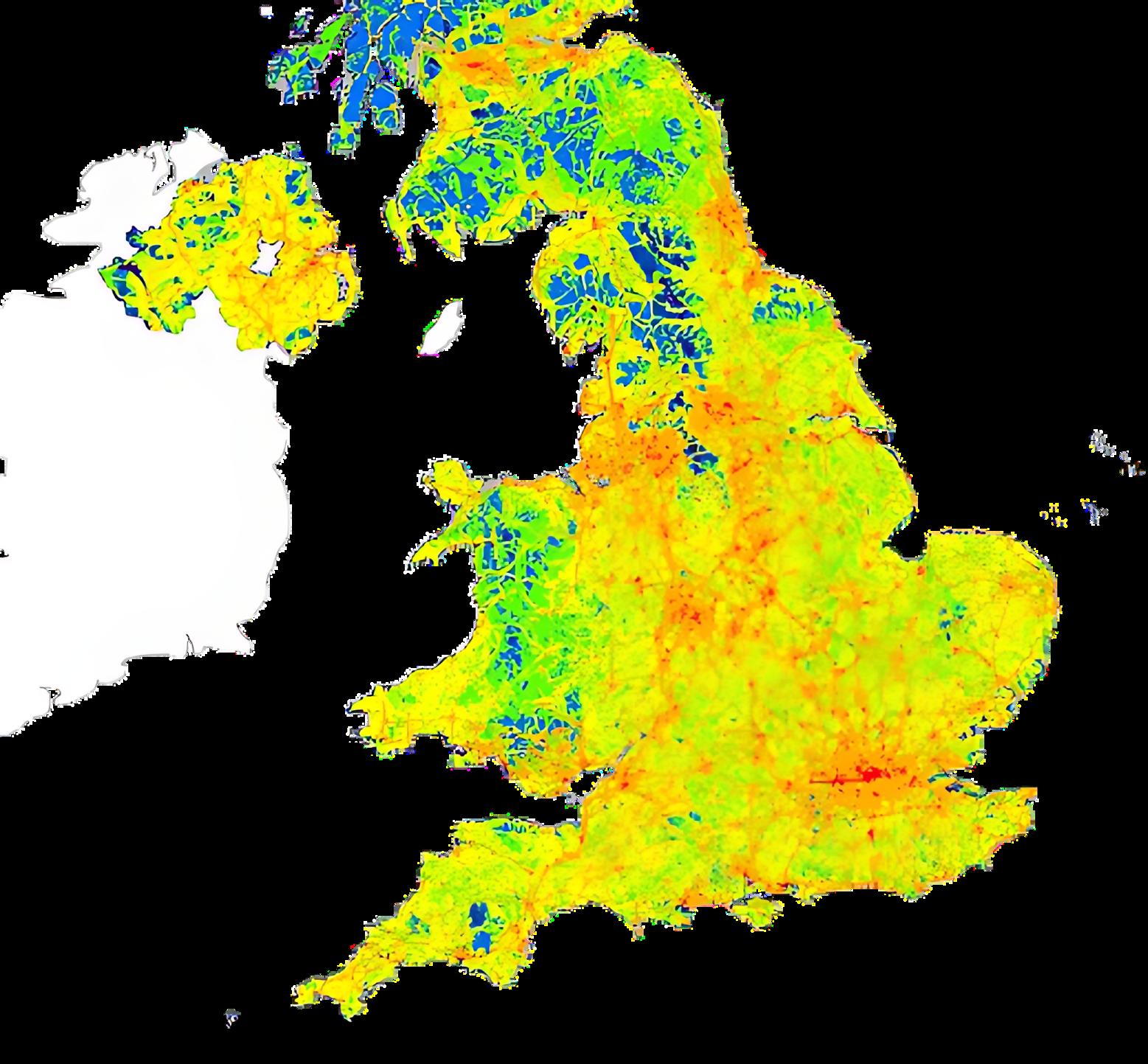
Clean air
Polluted air


Circle the places with the cleanest air. Where are they?
What kind of places are they? Why do you think they have clean air?
Circle the places with the most polluted air. Where are they? What kind of places are they? Why do you think they have polluted air?
National Parks are protected areas of stunning natural beauty, beautiful wildlife and fascinating cultural heritage make these living and working landscapes truly unique. There are 15 National Parks in the UK and each one has been designated as a protected landscape because of its special qualities. National Parks often have few fewer people, fewer cars and fewer roads than other parts of the country.



What is the largest national park?
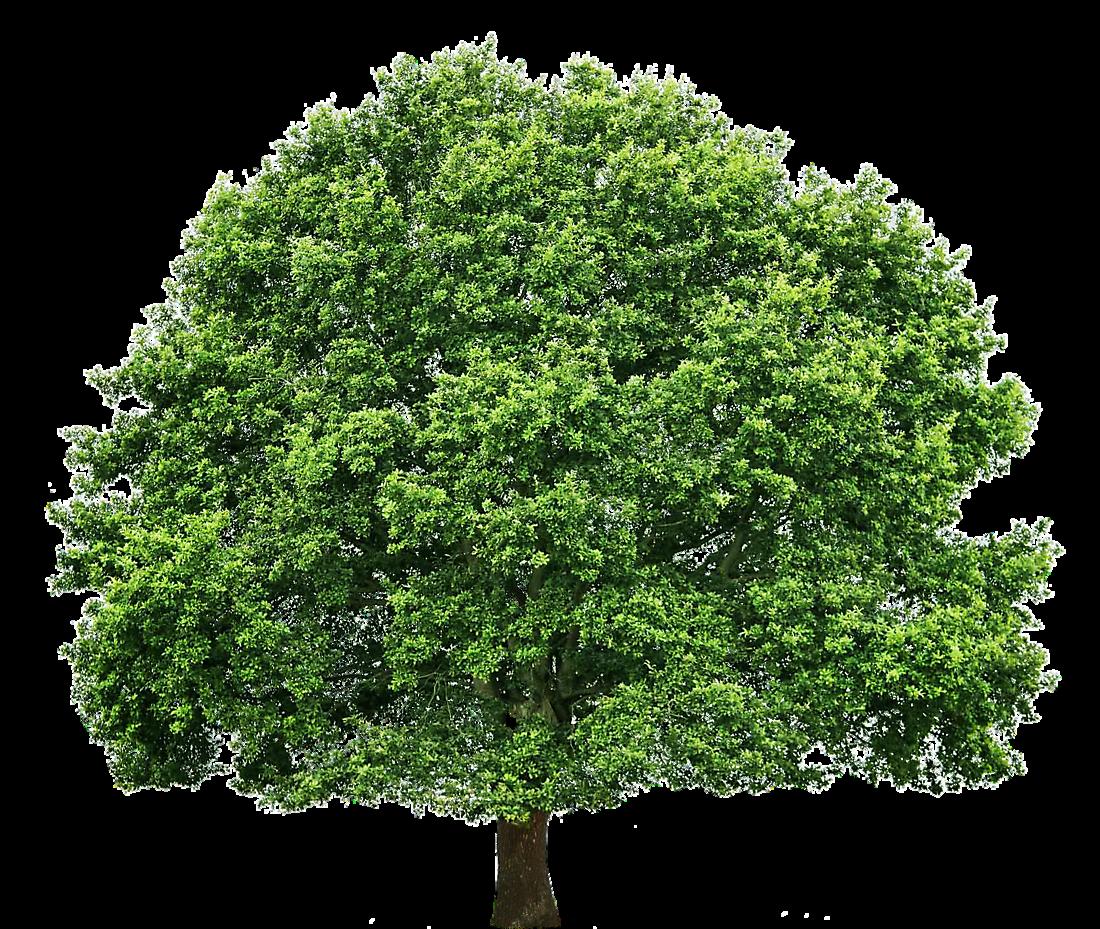
What is the greenest national park?
Which National Park is nearest you?
Label these National Parks on the map?
South Downs National Park
New Forest
Peak District
Lake District
Bannau Brycheiniog (Brecon Beacons)
Eryri (Snowdonia)


Draw pictures of important things you spot on your t hool. Watch this
Think about your journey to school. What do you see?

Most journeys people make are not very far and could easily be walked or cycled. To live sustainably, keeping our bodies healthy and looking after the planet, we need to walk, wheel and cycle for most journeys. The 15 minute neighbourhood is an idea that everything we need from school, to work and shopping is close by where we live.

Think about what you find 5 minutes, 10 minutes and 15 minutes walk or wheel from your house.
Draw pictures in each circle to show what you see, hear, smell, taste and touch. N S E W
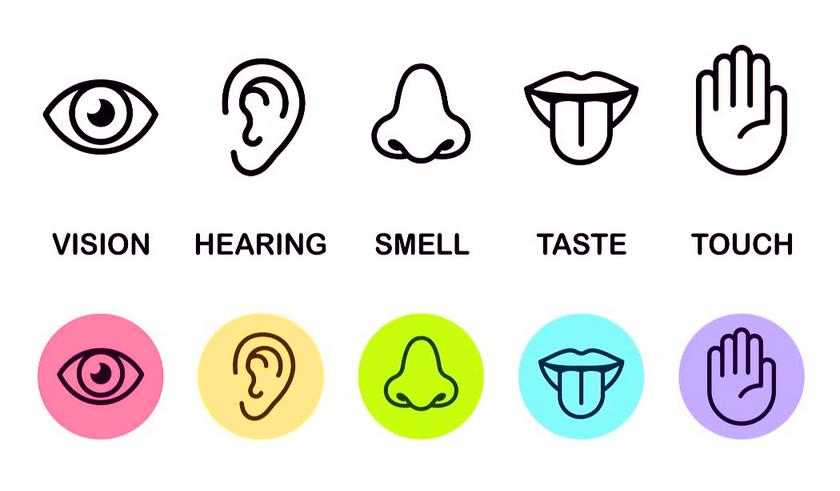

5 mins
10 mins
15 mins
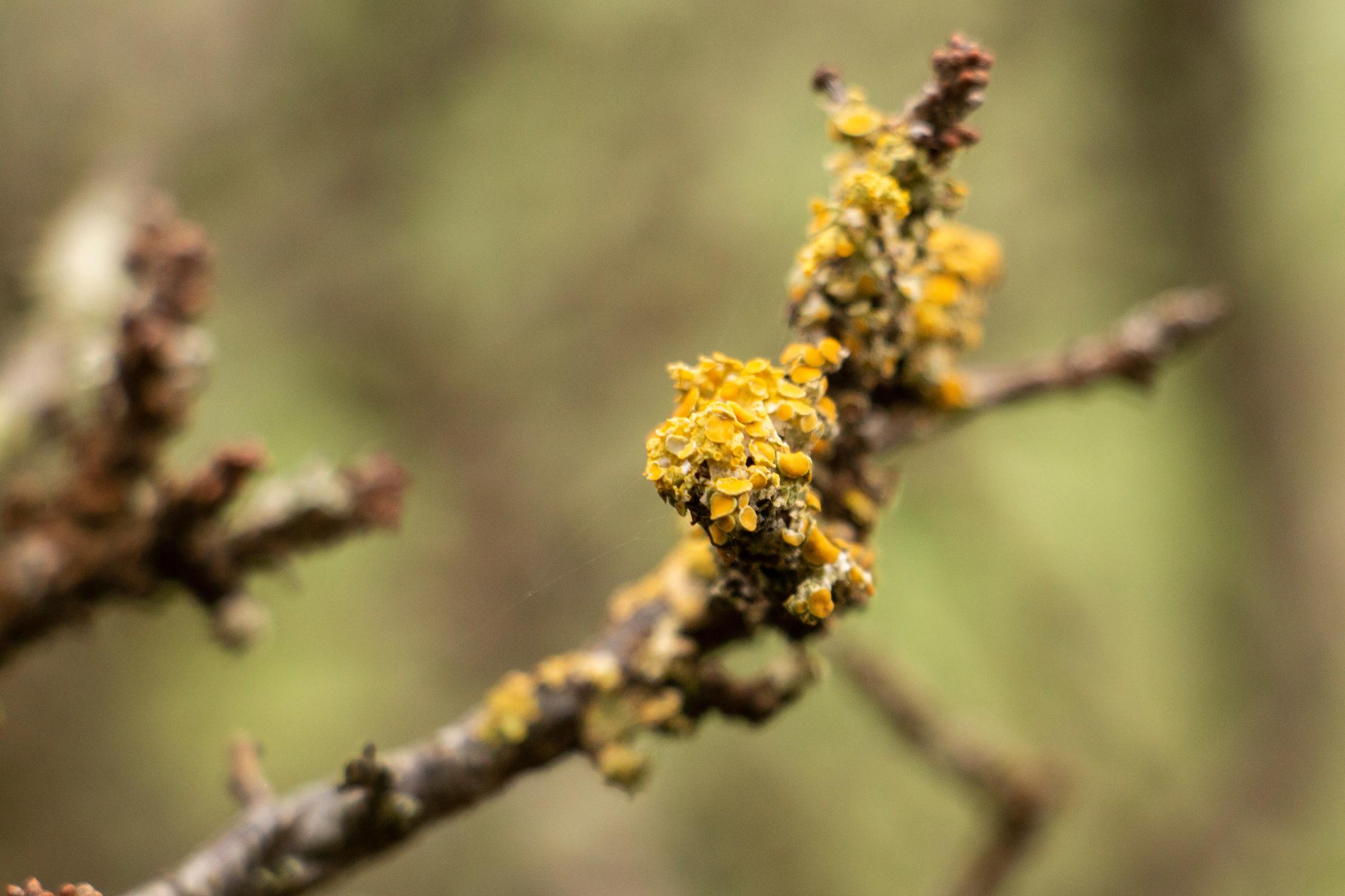
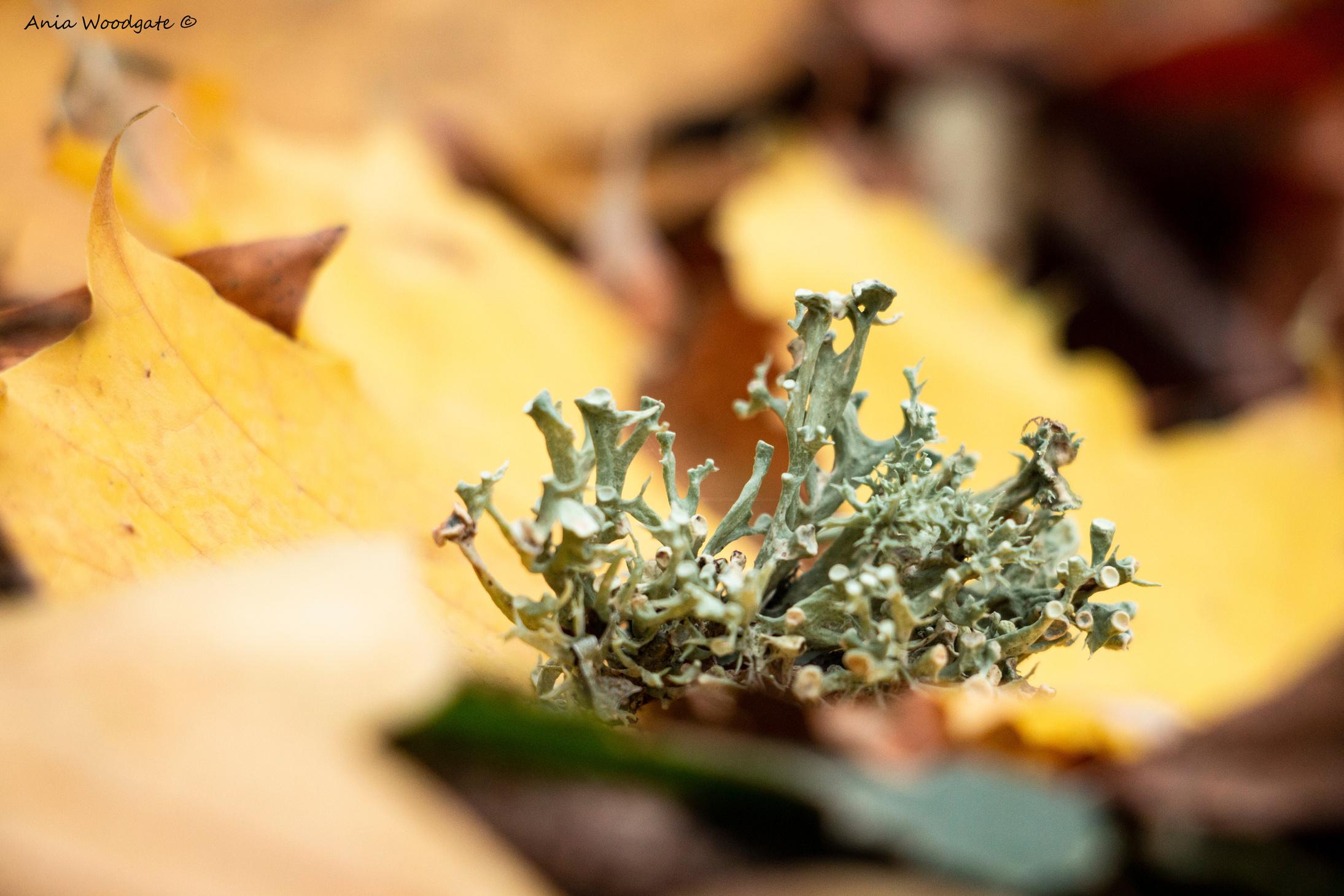
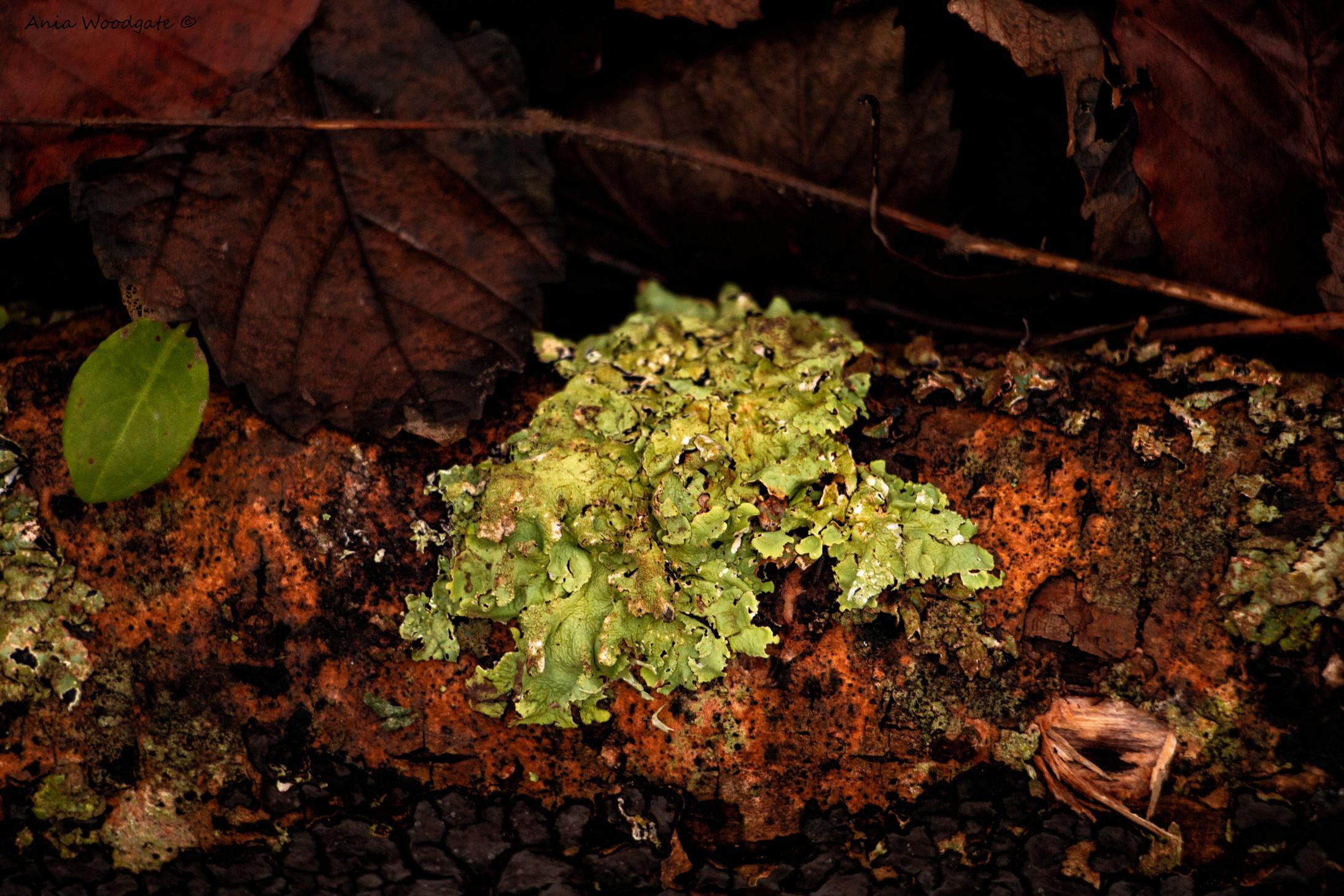
Lichen is an organism which takes everything it needs to live from the air. We call it a bio indicator because it tells us how clean or polluted the air is. Green and delicate, bushy lichen is a sign of clean air. Whilst yellow and flat lichen is a sign of polluted air. The yellow lichen likes nitrogen dioxide which cars produce from their engines.

Lichen is two organisms living in a symbiotic relationship. The outside of lichen is a fungus, like the mushrooms in your fridge at home. The inside of the lichen is algae, like what you might find growing in ponds. Lichen grows very slowly, some less than 1mm per year

Keep a tally of the different types of lichen you find around where you live.
Green and Bushy
Green and Flat
Yellow and Flat
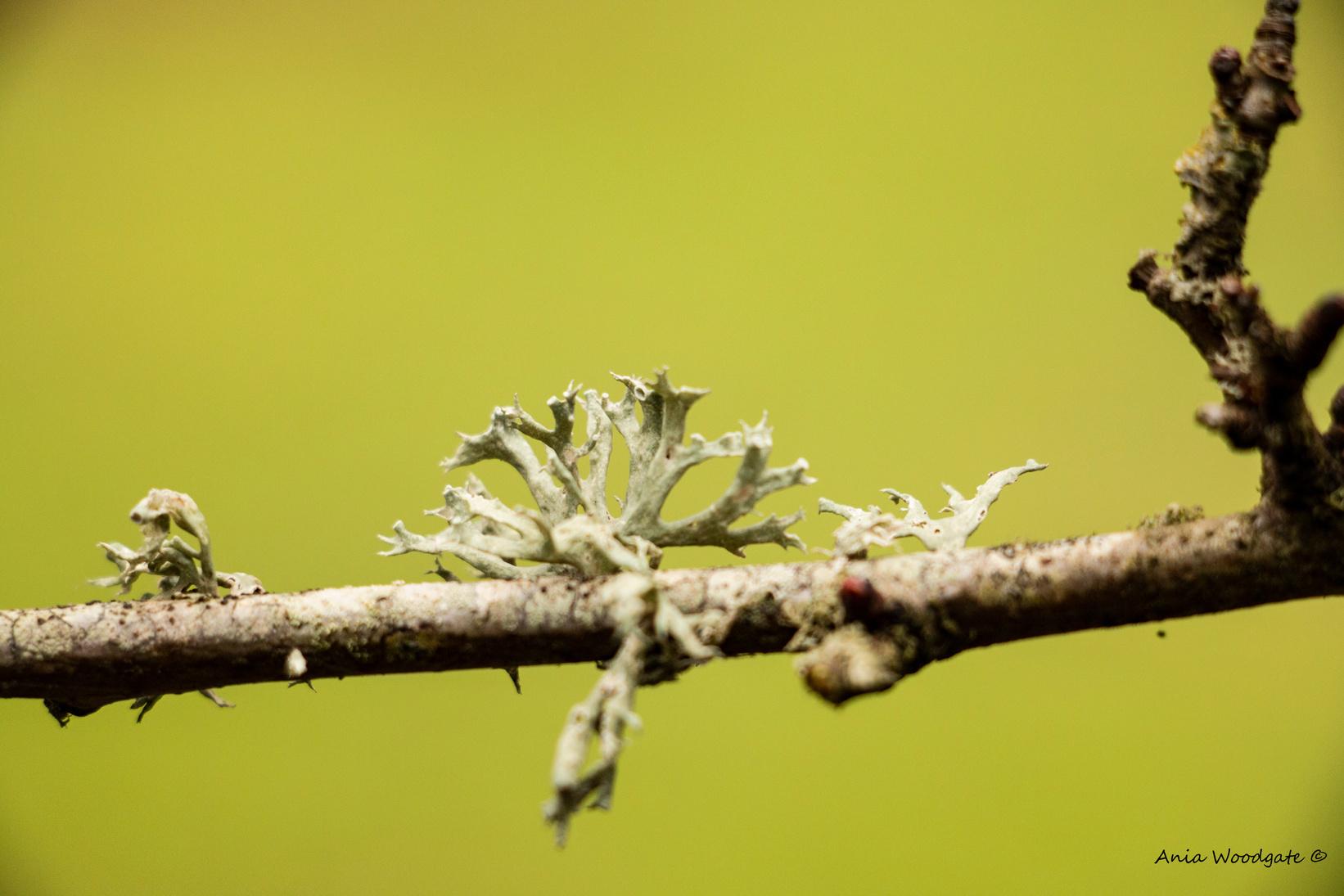

How many can you fin
Lichen grows on trees, walls, roofs and grave stones.



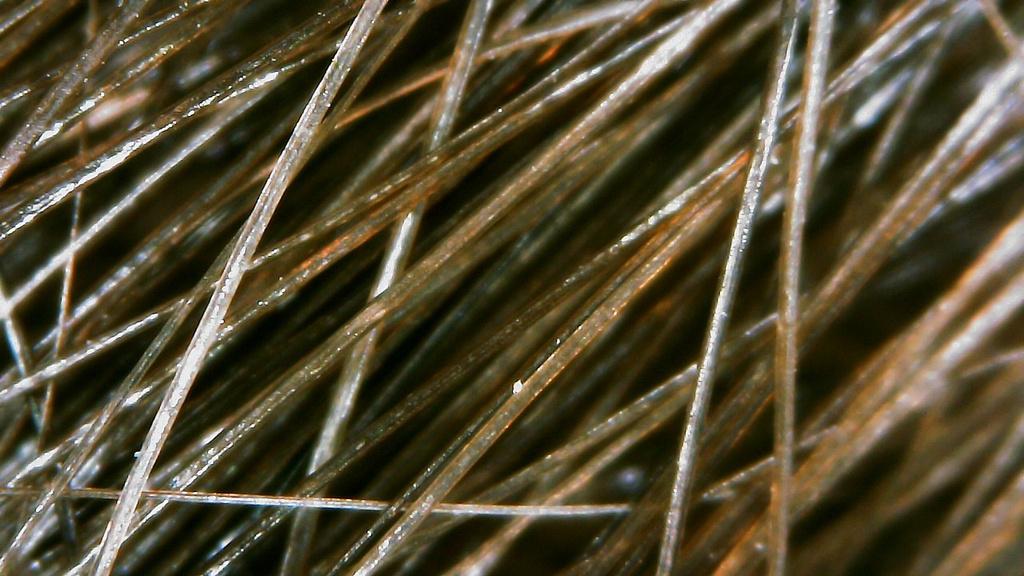

Here are some photos of things under a powerful electronic microscope. Can you guess what they are? D

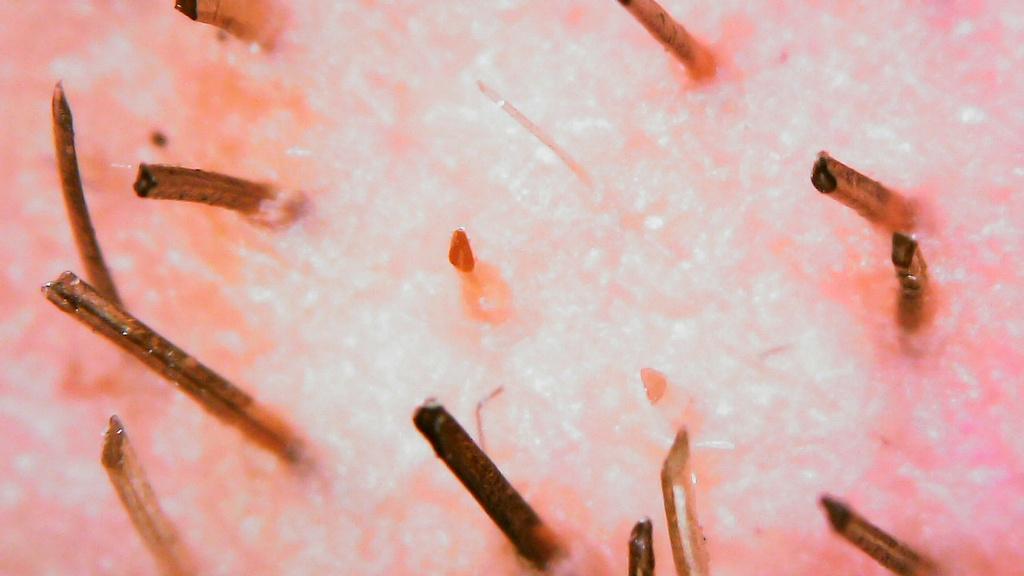

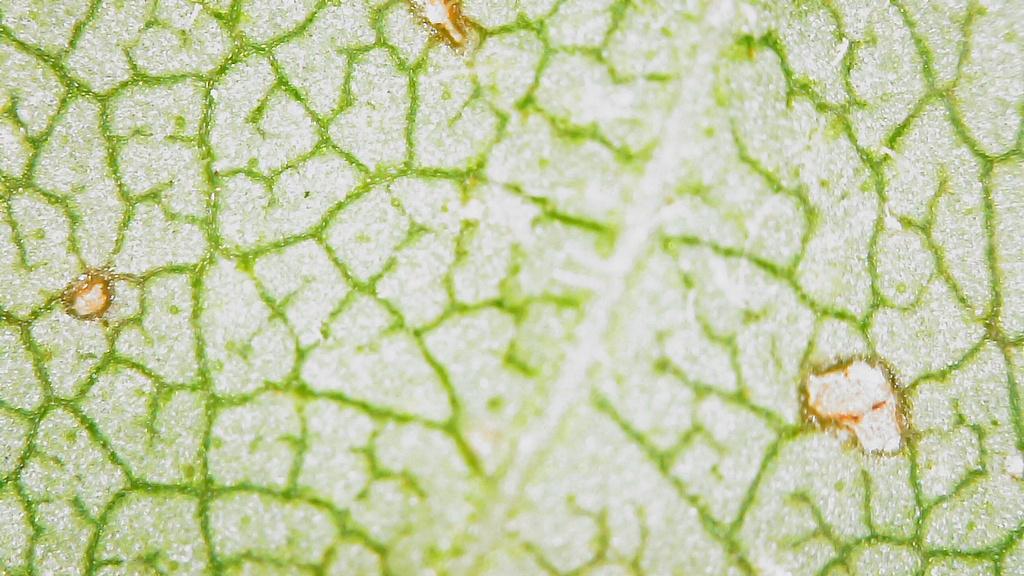

Trillions of bacteria, fungi and viruses live on and in our bodies as part of our microbiome
Air pollution is so small it is microscopic. You need a powerful microscope to see it. It is so small it can pass through our lungs and spread inside our bodies. Pollen from plants is a natural form of air pollution and can make us sneeze. Cars produce air pollution from their engine but also from wear on tyres and brakes.

Draw a line to connect the name with the correct picture.
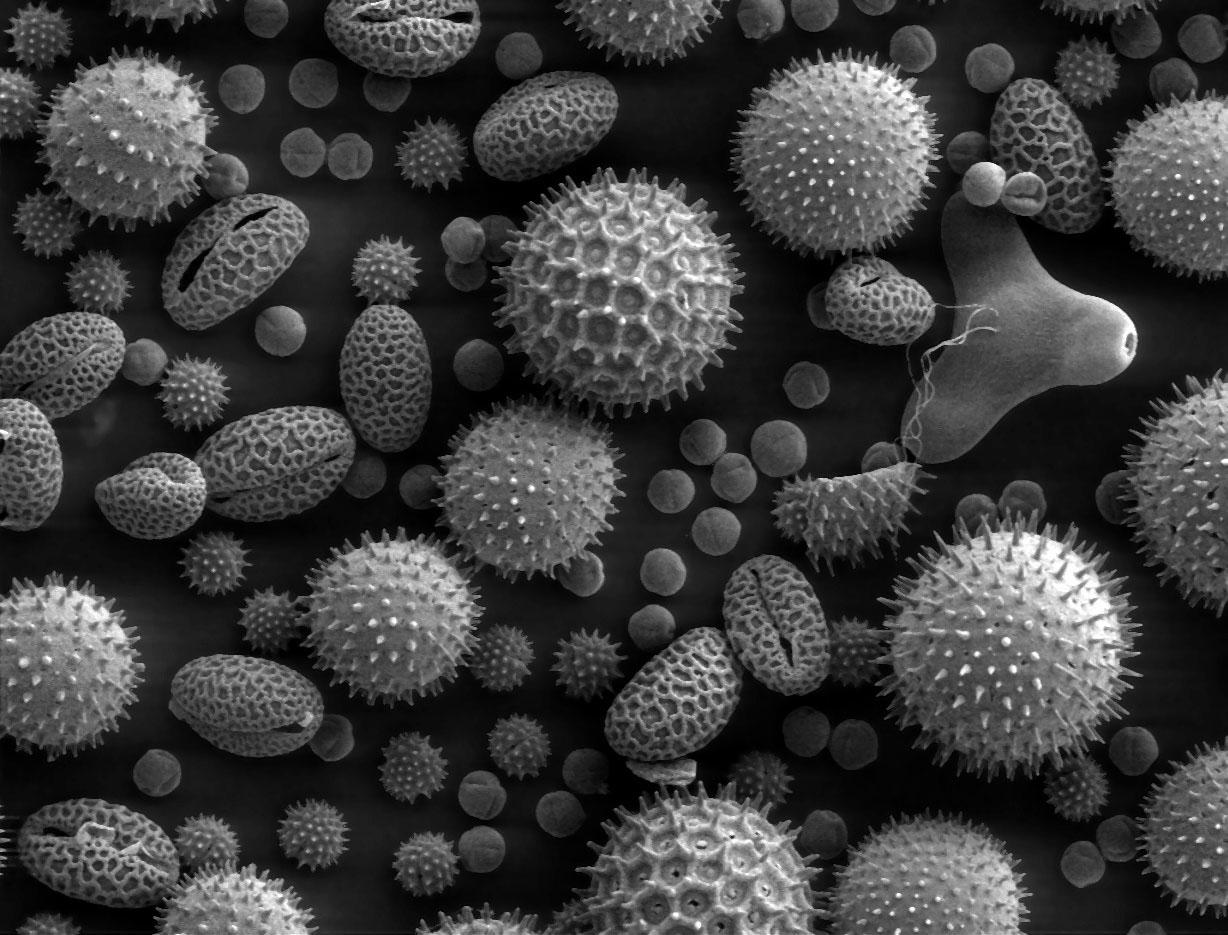
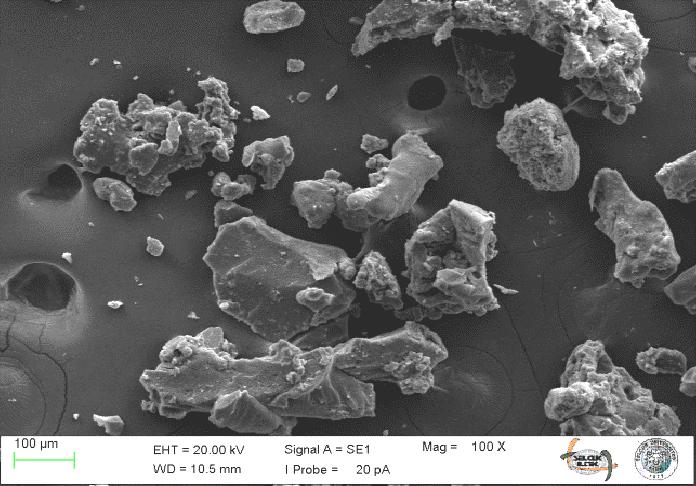

People inside a car are exposed to up to 5 times more pollution than people walking and wheeling outside
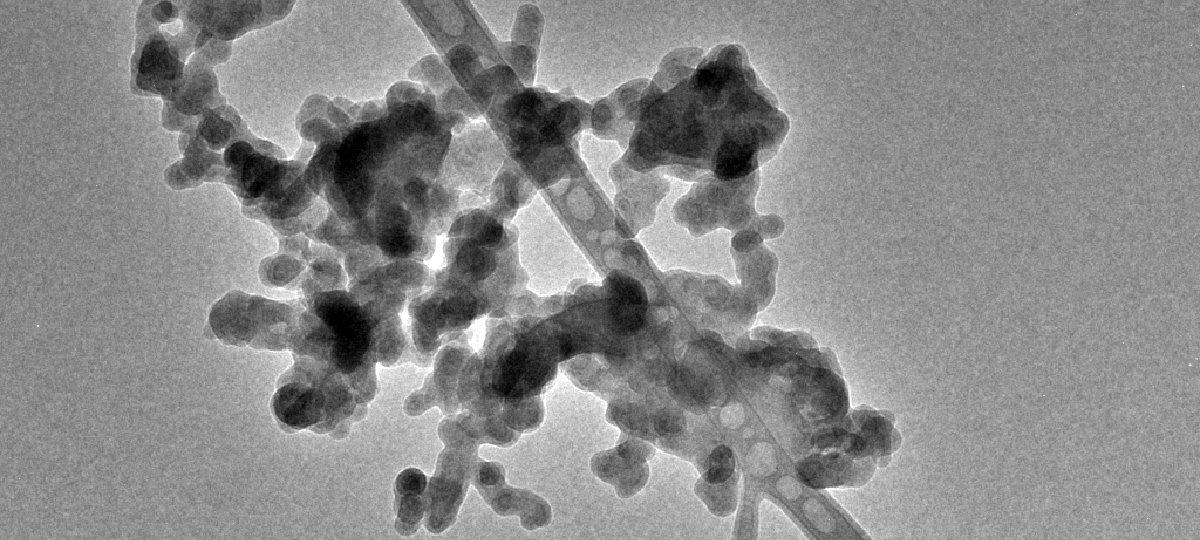
Watch this
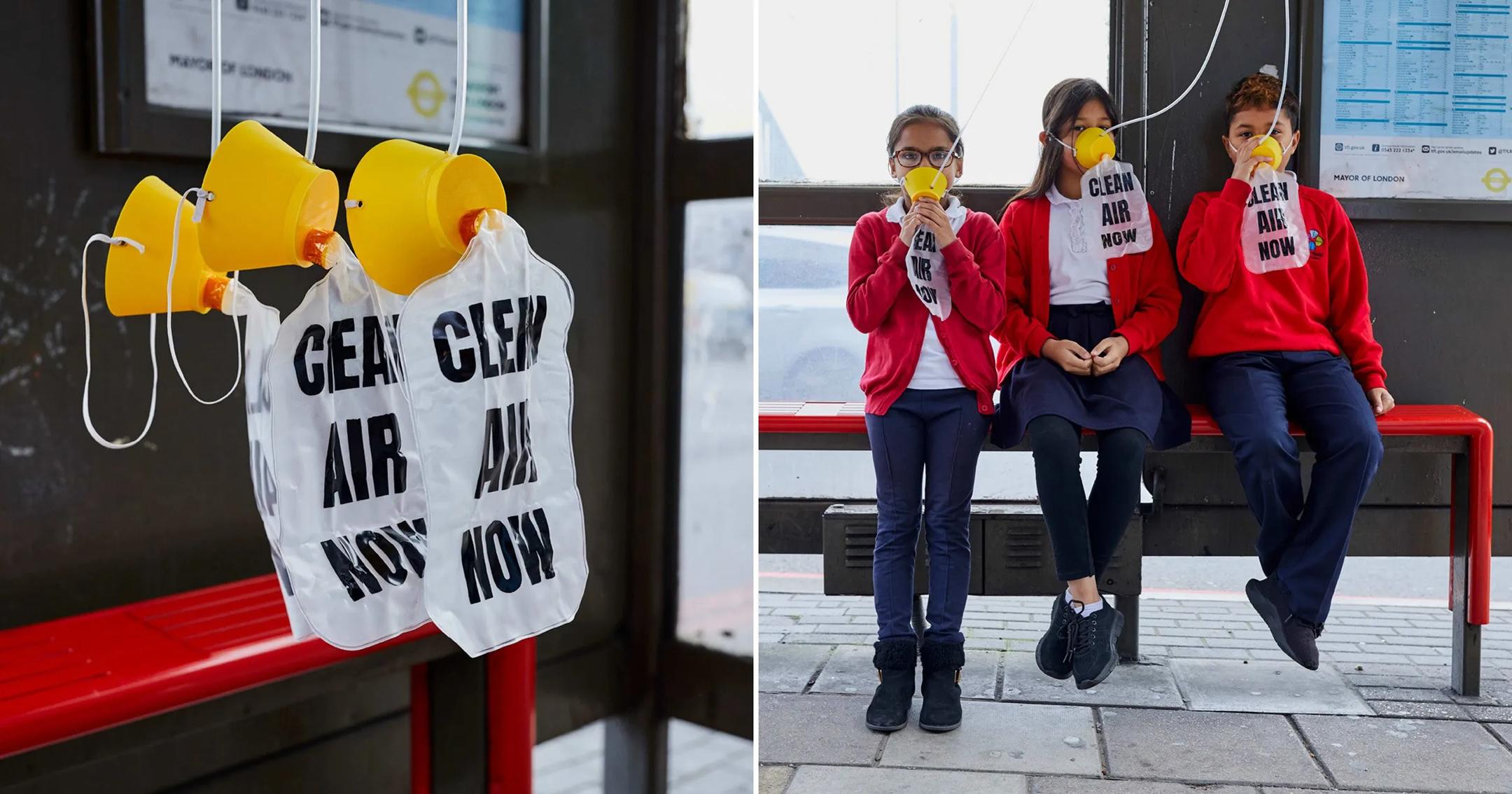
Campaigns for clean air happen all over the country. Young people in London came together to raise awareness about the level of air pollution people are exposed to after Ella’s death. Choked Up is a group of black and brown teens living in areas worst affected by air pollution.

Create your own poster telling your community about the problem of air pollution. Make your poster eye catching with bold words and important facts.
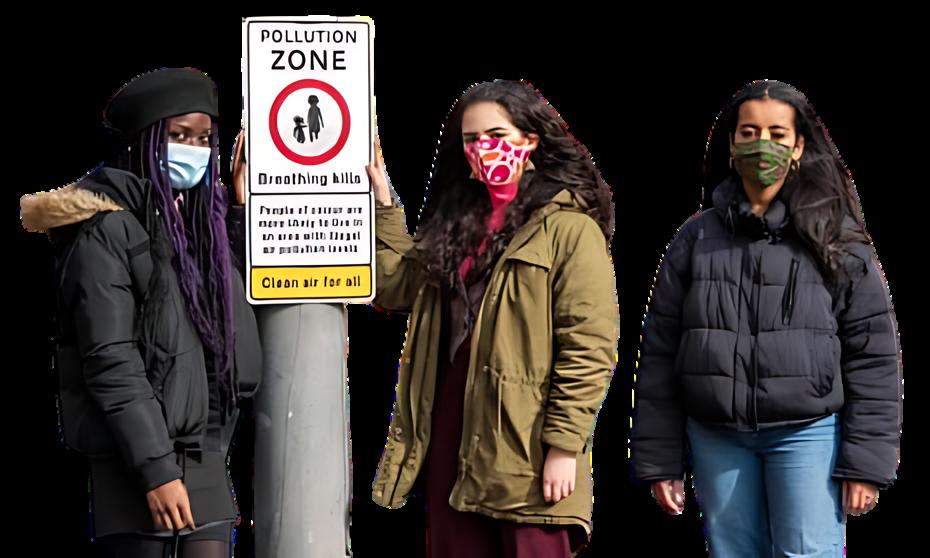
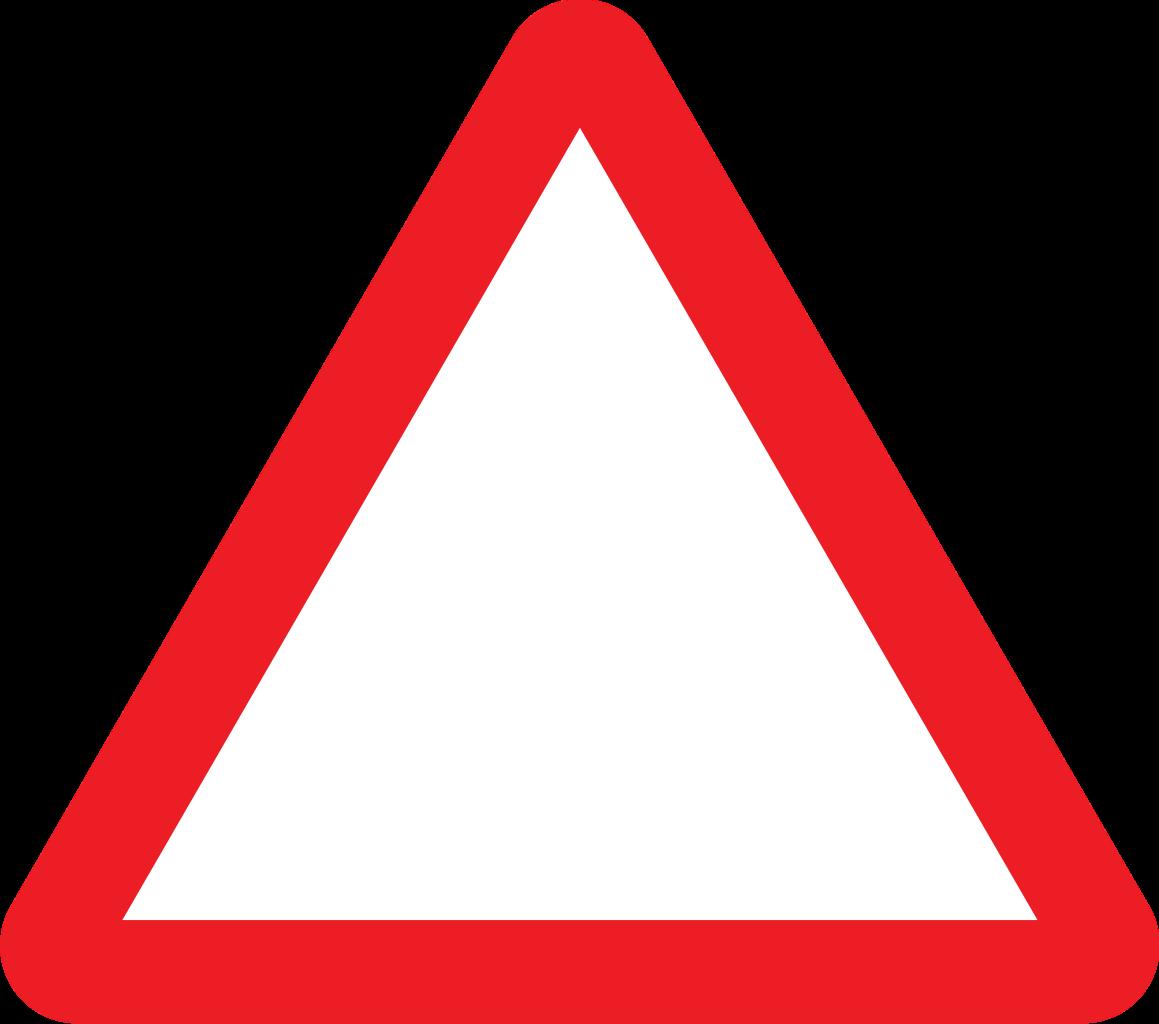

We can all help to make the air around us cleaner but some people in some places have more power than others.

When you are in a classroom who is in charge? Fill the boxes below with the person or people in charge and a way they could help make the air cleaner. 9
Classroom School
Town or City
County Country

nk about what you could say or do to help them.

Use the website ‘they work for us’ to find the name of your local MP.

We vote for a person to be our Member of Parliament every four years. They represent our interests and concerns in the House of Commons in London. MPs vote on laws and decide how our taxes should be spent.

Write a persuasive letter to your MP explaining how you feel about air pollution and what you would like to see happen.
Dear
I feel
I would like

How many challenges can you p

Explore your nearest National Park
Plan a journey along the National Cycle Network
Start a conversation about air pollution
Swap out a journey from car to walking and wheeling
Plant a tree in your school or a community space
Adventure 1 - The way broccoli changes from a wide base to smaller and smaller sections We take 4% of the oxygen and add 3.96% carbon dioxide
Adventure 2 - 30 million / Carbon Dioxide / Nitrogen Dioxide / Particulate Matter - Farming / Building / Industry / Heating / Cooking / Boats and Trains / Cars and Vans 1 = Bushfire / 2 = Factories / 3 = Eruption / 4 = Airplane / 5 = Heating / 6 = Vehicle / 7 = Fireworks
Adventure 3 - Brain - Affects our ability to think, children in area’s of high pollution do worse on school tests / Eyes - Can be sore and run / Heart - Increases chances of heart disease / Lungs - Causes coughing and increases chance of lung disease/ Muscles - Don’t function as well / Skin - Can be sore, dry and itchy
Adventure 4 - Largest = The Cairngorms / Greenest = New Forest 37% tree cover
Adventure 6 - A = Shaved skin on face / B = Hair on head / C = Cotton cardigan / D = Underside of leaf
Adventure 7 - 1 = Pollen / 2 = Tyre wear / 3 = Soot
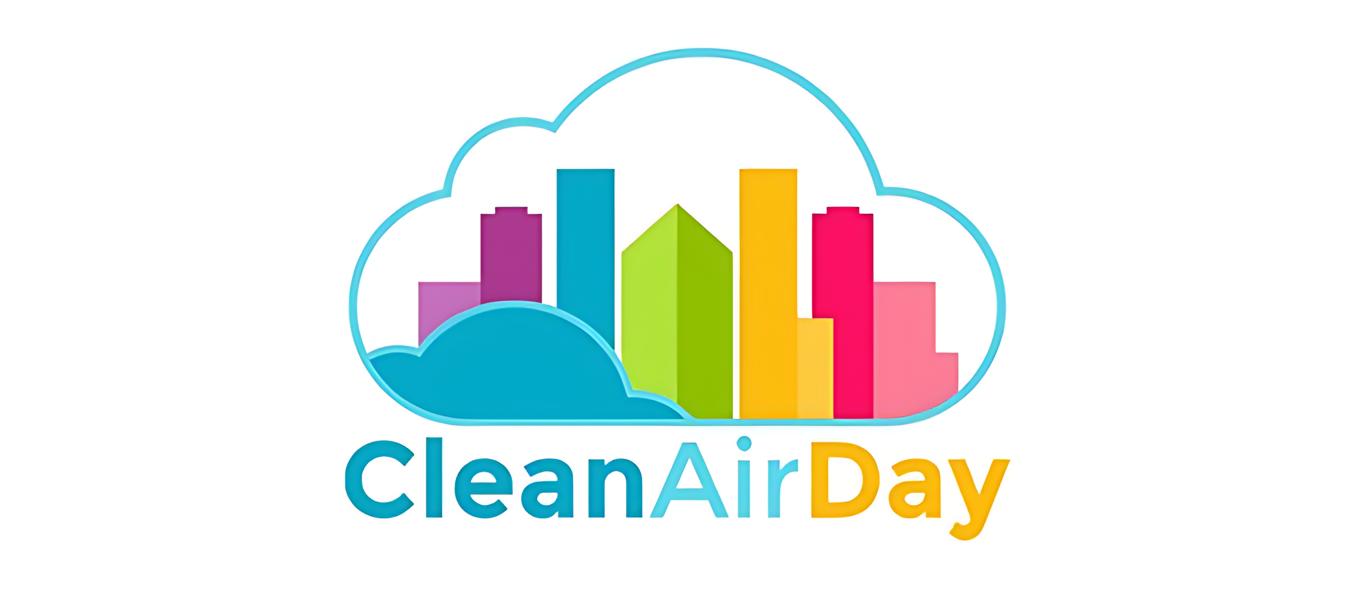
An exciting investigation into the area around where you live.
The UK's largest air pollution campaign increasing levels of air pollution busting behaviours.
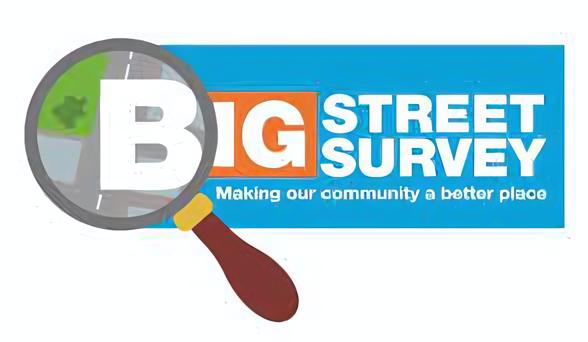

The UK's largest inter-school walking, wheeling, scooting and cycling challenge.

A charity supporting schools to teach for sustainability.
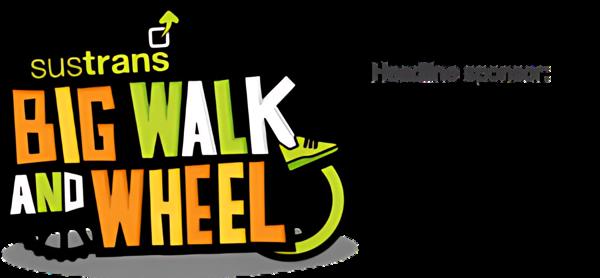
The national campaign uniting teachers, pupils, parents and their schools as they all work together to be zero carbon by 2030.

Sustrans is the charity making it easier for people to walk and cycle.
We connect people and places, create liveable neighbourhoods, transform the school run and deliver a happier, healthier commute.
Join us on our journey.
www.sustrans.org.uk
Registered Charity No. 326550 (England and Wales) SC039263 (Scotland)

